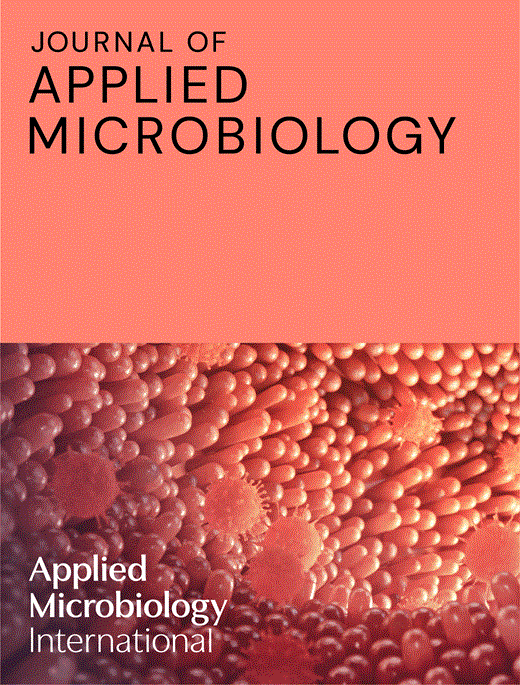-
Views
-
Cite
Cite
T.N.S. Oliveira, C.M.S. Silva‐Filho, E.A. Malveira, T.K.B. Aguiar, H.S. Santos, C.C. Albuquerque, M.B. Morais, E.H. Teixeira, M.A. Vasconcelos, Antifungal and antibiofilm activities of the essential oil of leaves from Lippia gracilis Schauer against phytopathogenic fungi, Journal of Applied Microbiology, Volume 130, Issue 4, 1 April 2021, Pages 1117–1129, https://doi.org/10.1111/jam.14857
Close - Share Icon Share
Abstract
This study aimed to evaluate the antifungal and antibiofilm effects of essential oil (EO) from leaves of Lippia gracilis and its major constituents, thymol and carvacrol, against phytopathogenic fungi.
The leaves of L. gracilis were hydrodistilled to obtain the EO and the chemical composition was determined by GC/MS analysis. The antifungal activity of EO of L. gracilis was evaluated on the vegetative and mycelial growth of Colletotrichum gloeosporioides, Colletotrichum lindemuthianum, Fusarium oxysporum and Fusarium solani. In addition, the ability of the oil to inhibit fungal biofilm formation was assessed by total biomass quantification using crystal violet staining, analysis of metabolic activity, and scanning electron microscopy (SEM). Moreover the antifungal and antibiofilm activities of the monoterpenes, thymol and carvacrol, present in EO of L. gracilis were evaluated against F. oxysporum. The analysis of the chemical composition of EO extracted from L. gracilis, revealed the presence of monoterpenes (94·13%), which included carvacrol (48·57%) and thymol (7·78%), and 4 sesquiterpenes (3·74%). In general, EO showed significant antifungal activity and inhibited the formation of fungal biofilms. Furthermore, thymol and carvacrol showed significant antifungal and antibiofilm activities against F. oxysporum. SEM images showed structural changes in fungal morphology upon treatment with EO of L. gracilis.
The results presented in this study showed promising antifungal and antibiofilm effects of EO of L. gracilis and its major components, carvacrol and thymol.
These findings indicate that the EO extracted from L. gracilis, and the monoterpenes, carvacrol and thymol have a great potential as antifungal and antibiofilm agents. Furthermore, this is the first report of the antibiofilm activity of the EO of L. gracilis and its major components against phytopathogenic fungi.





